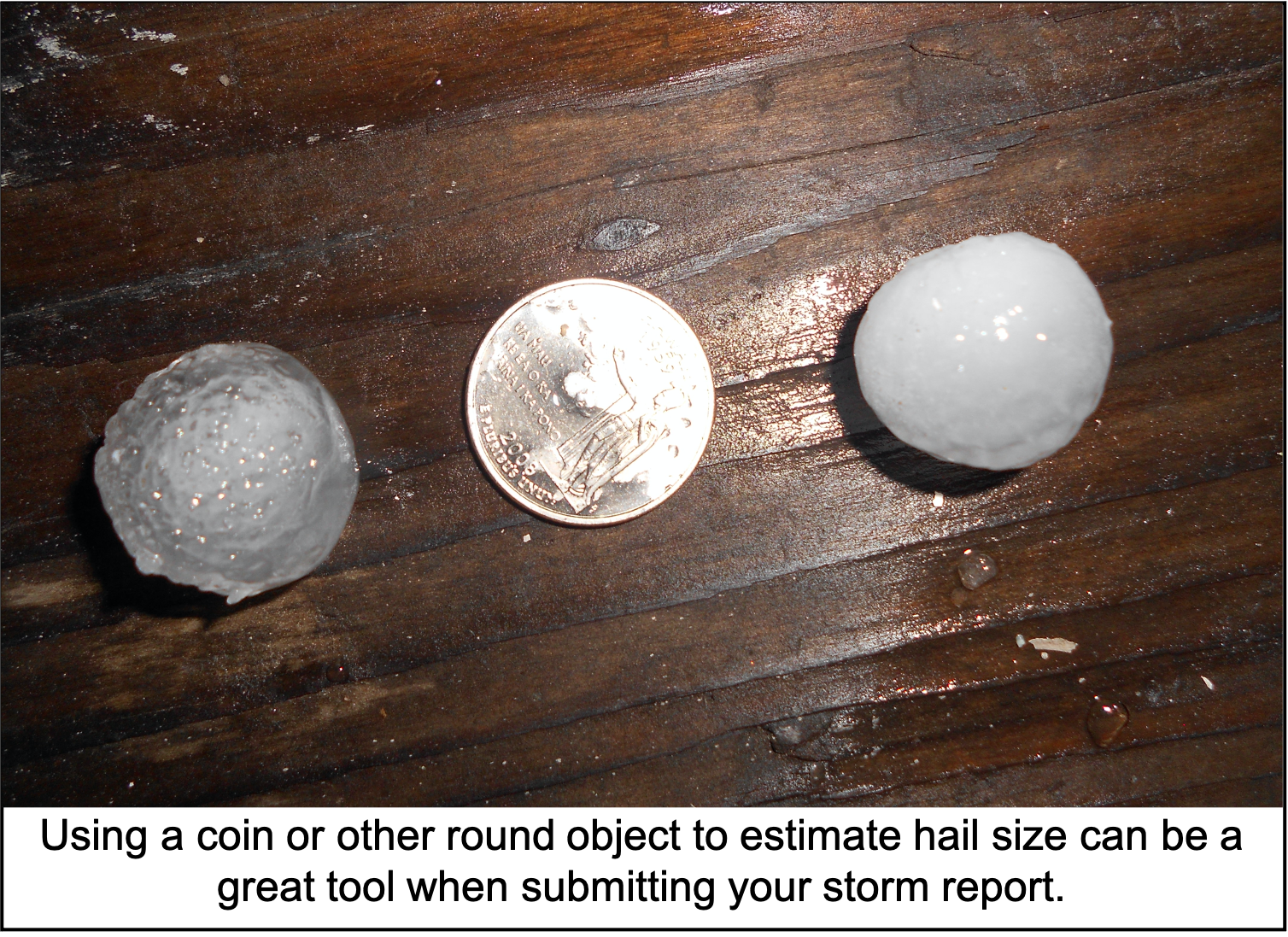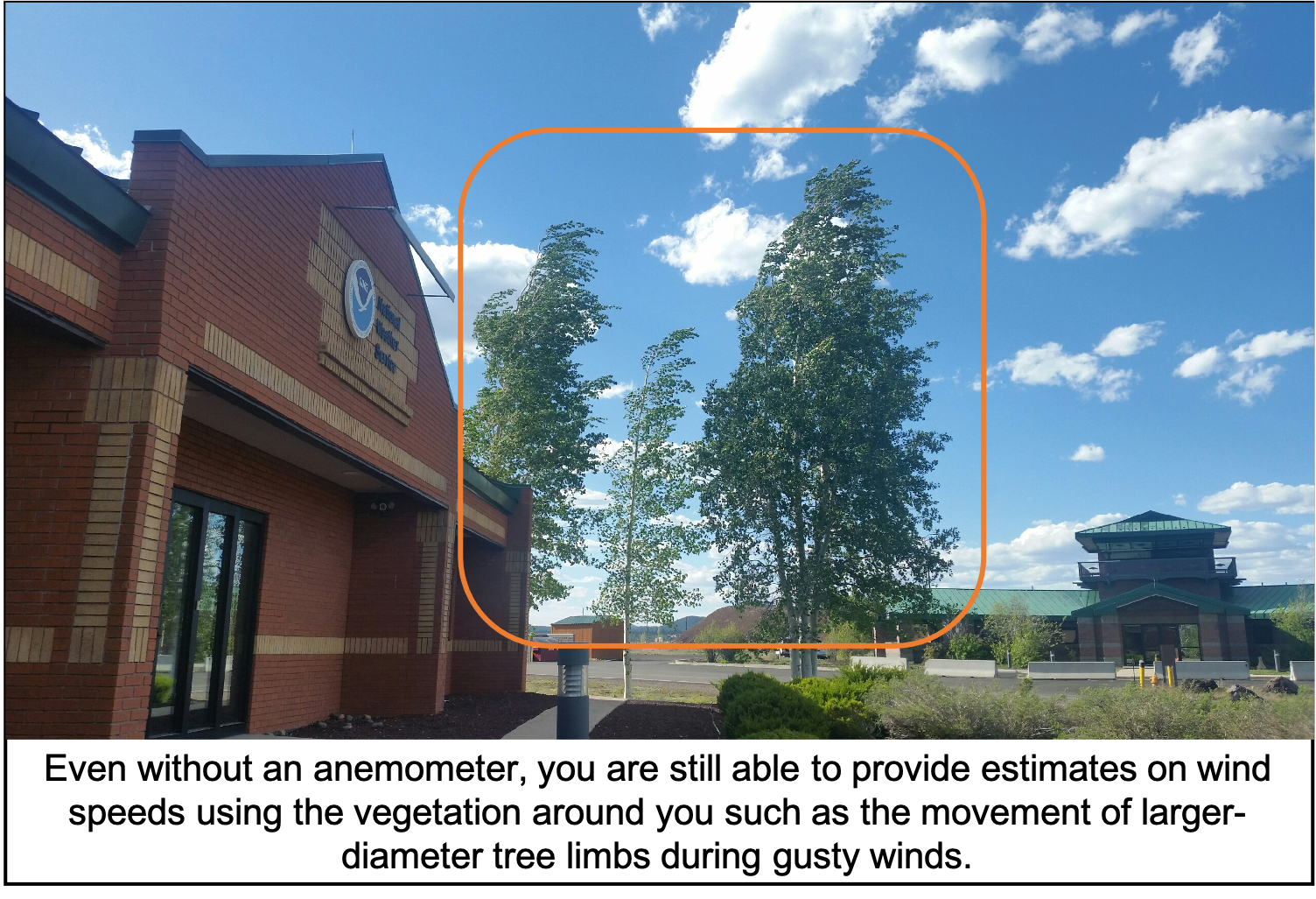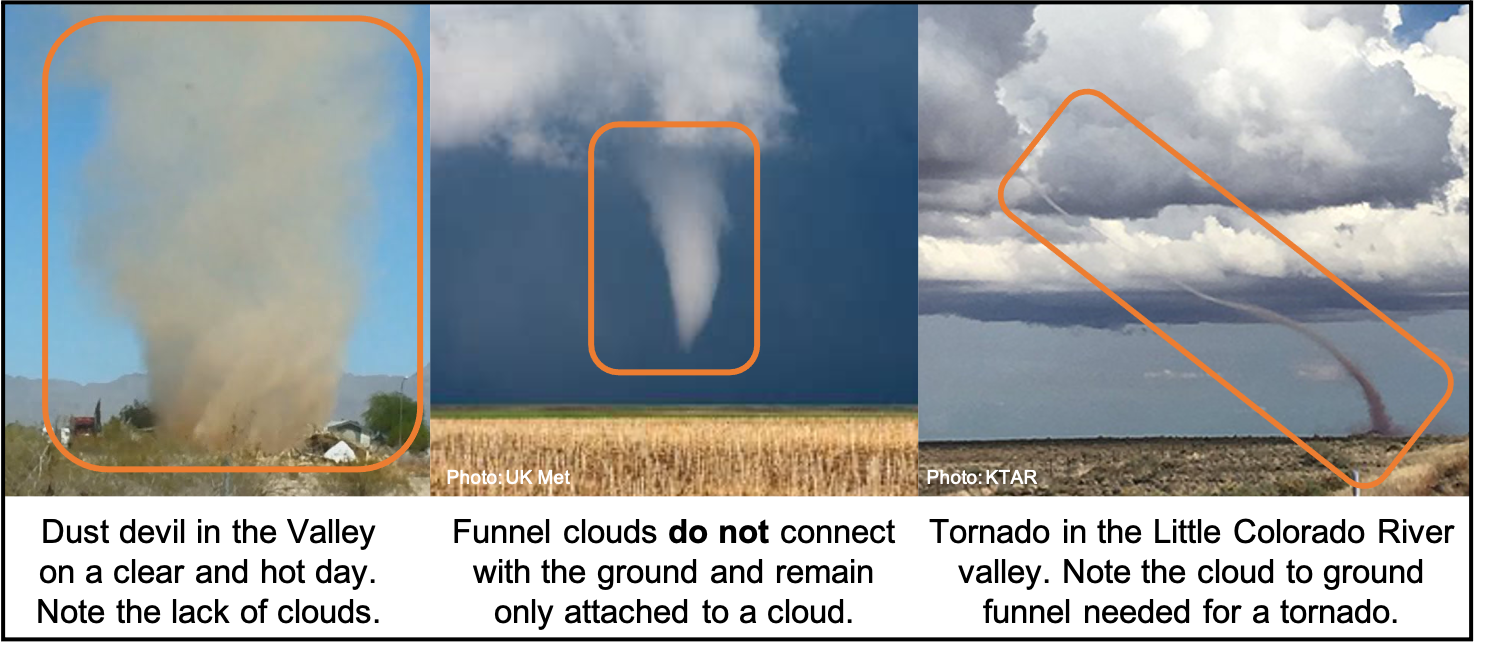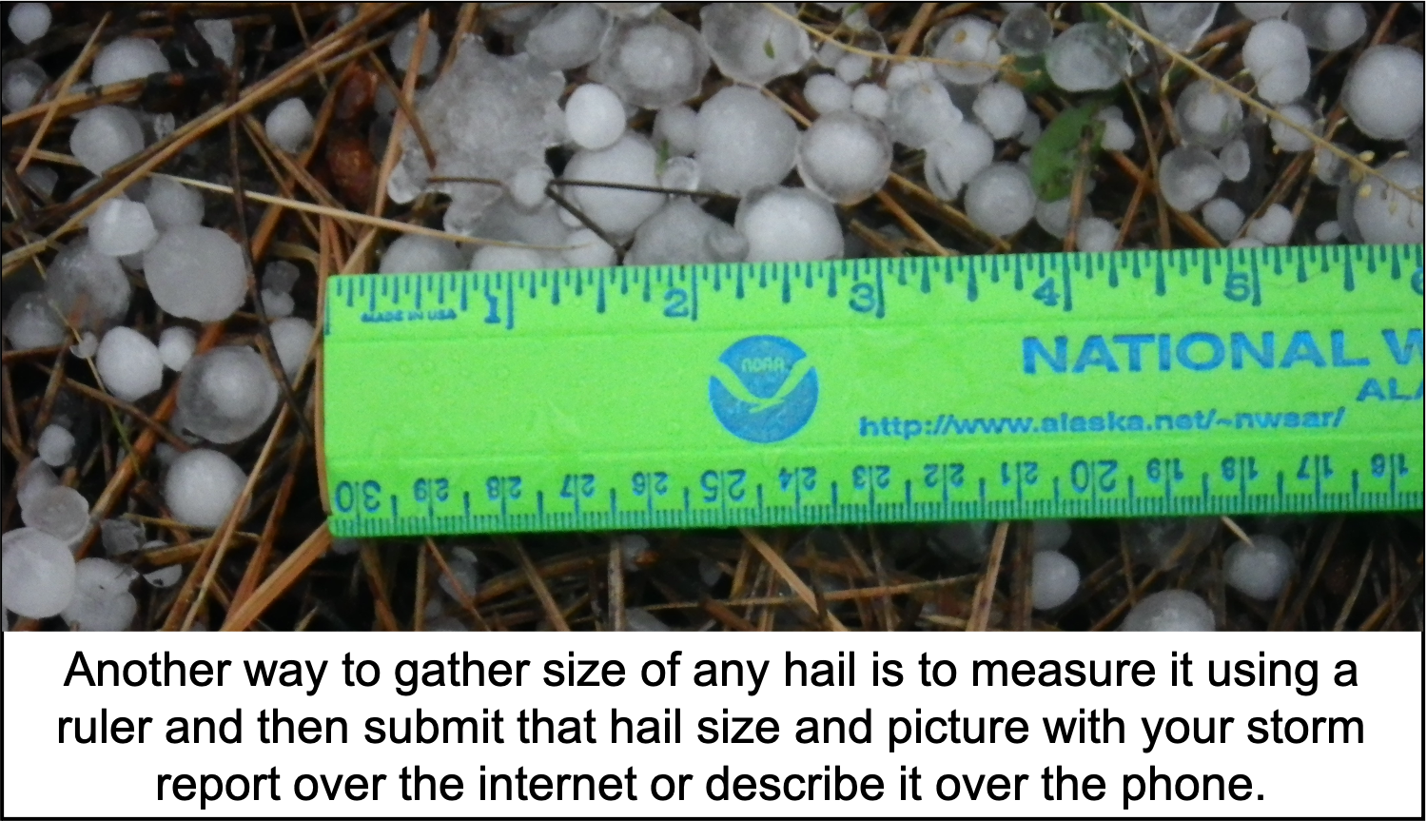
SKYWARN is a program that trains volunteers to help keep their local communities safe by providing timely and accurate reports of monsoon season weather to the National Weather Service Read More >
Changed addresses or phone numbers recently? Email megan.c.taylor@noaa.gov with your updated information!
SKYWARN is a program that trains volunteers to help keep their local communities safe by providing timely and accurate reports of monsoon season weather to the National Weather Service. In the program you’ll learn about:
In-person training sessions are listed below. They are free and there is no need to RSVP!
| Date | Time | Location | Address | Google Map Link |
|---|---|---|---|---|
| Thursday, April 24 | 6:00 PM - 7:30 PM MST | Coconino County Health and Human Services Ponderosa Room |
2625 N King Street Flagstaff, AZ 86004 |
Directions |
| Tuesday, May 13 | 4:00 PM - 5:30 PM MST | Congress HAM Radio Club Club House, North Ranch Escapees RV Park |
30625 State Route 89 Congress, AZ 85332 |
Directions |
| Monday, May 19 | 5:30 PM - 7:00 PM MST | Embry-Riddle Aeronautical University Davis Learning Center Auditorium |
3700 Willow Creek Road Prescott, AZ 86301 |
Directions |
| TBA | TBA | Virtual Course | Register |
If submitting a report by phone (888-745-1637), it is very important to tell us WHEN and WHERE the significant weather event occurred. For geographic reference, an intersection and town are very useful so we can pinpoint the report. If it's a second or third hand report, please give us the source of the original report, along with all the applicable information about what was reported.
Please report the size of the largest hailstones as they cause the most damage. Also, please do not use the term "marble size" or "ice cube" since these items come in many different sizes.

Please report both the estimated wind speed based on the vegetation (see descriptions below) and also any damage or impacts to life and property caused by strong to severe winds.



Looking for additional weather background and informative resources?